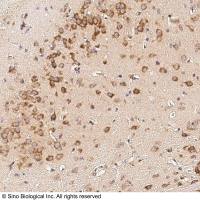For decades, the measurement of extracellular Ca2+ (40 Cao 2+ ) entry into cells, using 45 Ca2+ as carrier, has been a widely used technique. One of the first studies was performed by Hodgkin and Keynes (1 ) to measure the rate at which 40 Ca2+ labeled with 45 Ca2+ crosses the surface membrane of resting squid axons, or during nervous activity. In a few large excitable cells, it was also possible to measure Ca2+ entry indirectly through the measurement of inward currents through Ca2+ channels under voltage-clamp conditions (2 ); however, Cao 2+ entry into small excitable cells could only be measured using 45 Ca2+ . With the improvement of patch-clamp techniques (3 ), Cao 2+ entry was measured via the analysis of single-channel or whole-cell inward currents through Ca2+ channels. The first detailed study of Ca2+ channel currents in small mammalian excitable cells was performed in 1982 (4 ) in bovine adrenal medullary chromaffin cells, in the laboratory of Erwin Neher, where patch-clamp methodologies were developed. As patch-clamp techniques evolved, it seemed that the measurement of Cao 2+ entry using 45 Ca2+ would no longer be useful. Isotopes and scintillation fluids are expensive, administrative controls for good laboratory practices are always increasing, and the manipulation of isotopes becomes a growing nuisance. On the other hand, the time resolution of techniques using 45 Ca2+ entry are in the range of seconds, whereas the patch-clamp measurement of inward Ca2+ currents is in the range of milliseconds, three orders of magnitude lower.






